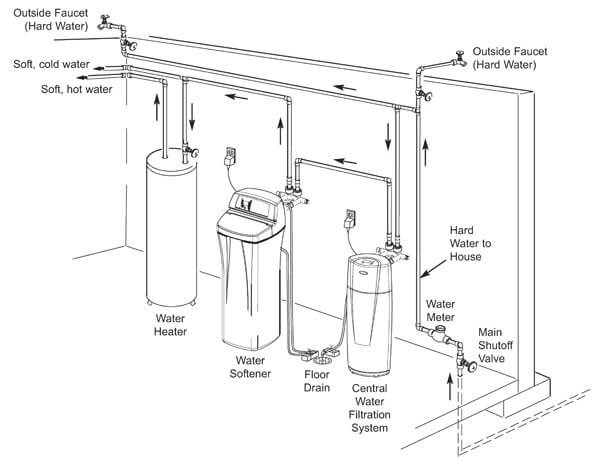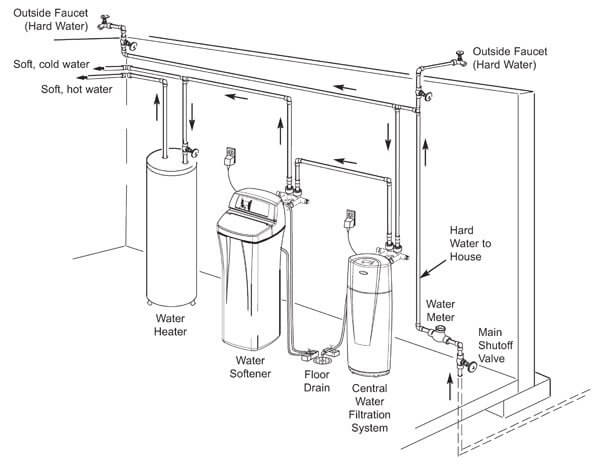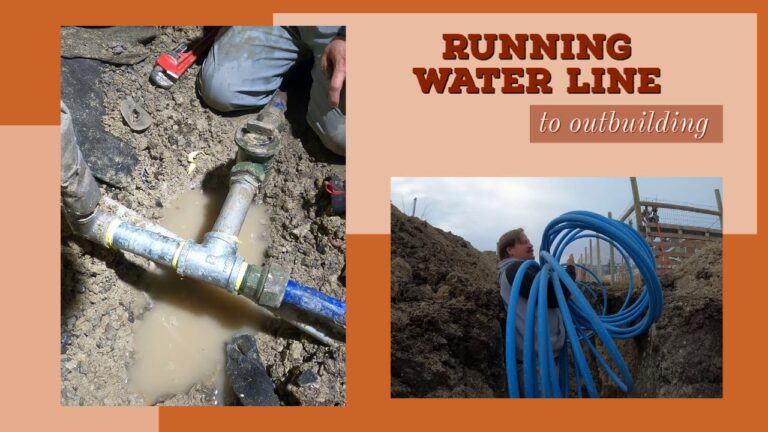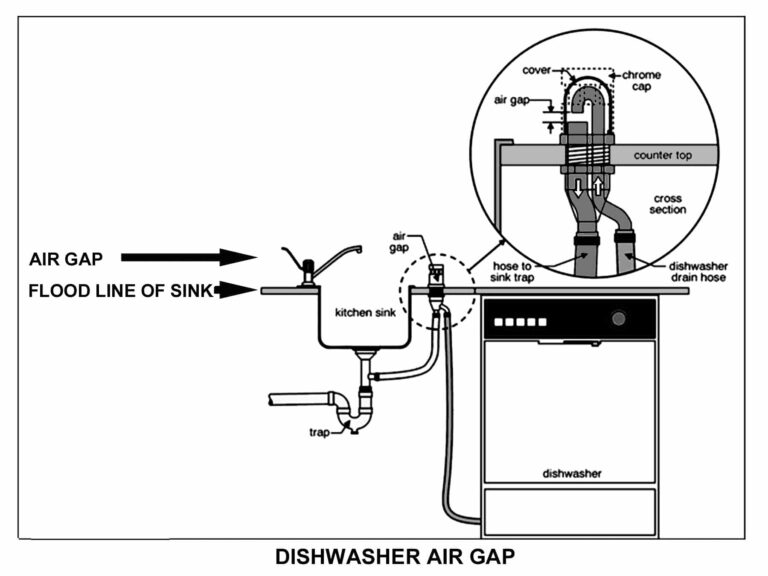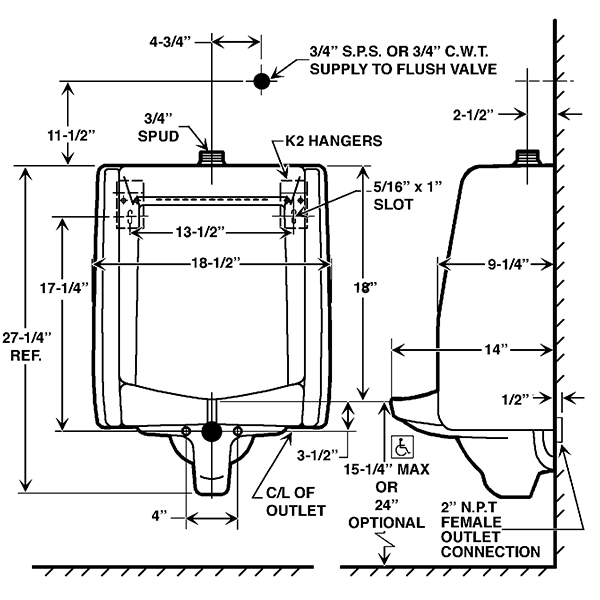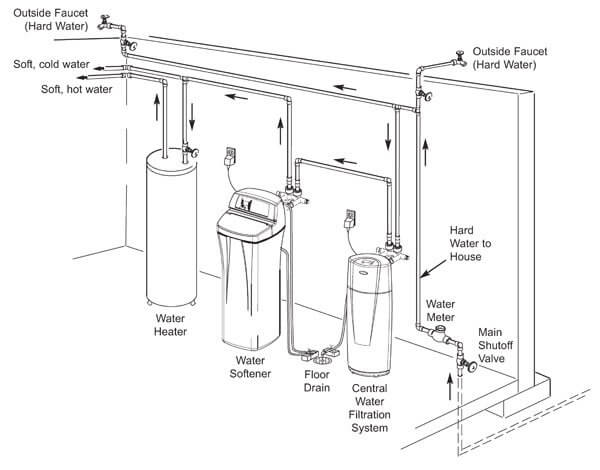How To Install Water Softener Pre Plumbed?
Installing a water softener pre plumbed is a simple and convenient way to improve your home’s water quality. This type of installation is typically used when installing a water softener on an existing water line. Pre-plumbed water softeners are designed to be easy to install and require minimal setup. The installation process is straightforward and can be completed in a few simple steps. This article will provide a brief overview of how to install a water softener pre-plumbed.
What is a Water Softener and Why is it Necessary?
The need for water softening is often overlooked, but it can make a big difference in how efficient and effective your plumbing system is. Water softeners are used to remove minerals like calcium and magnesium from your water, which can cause problems like stains, clogging, and scale buildup. Installing a water softener is an important part of maintaining a healthy and efficient plumbing system.
So what is a water softener and why is it necessary? A water softener is a device that removes calcium and magnesium from your water by exchanging it with sodium. This process is known as ion exchange, and it is the most efficient way to remove hard minerals from your water. The result is softer water that won’t clog your pipes or leave behind stains and scale buildup. Soft water also allows your appliances to function more efficiently and can help make your home more energy efficient.
Having a water softener installed in your home is important to maintain a healthy and efficient plumbing system. It can help reduce clogging, improve appliance efficiency, and keep your home free from stains and scale buildup. Installing a water softener may seem like a daunting task, but with the right tools and some guidance, it’s a relatively easy process.
What are the Benefits of Installing a Pre-Plumbed Water Softener?
Installing a pre-plumbed water softener offers numerous benefits for homeowners. By investing in a pre-plumbed system, homeowners can enjoy softened water without the hassle of long installation times or complex plumbing configurations. Pre-plumbed water softeners are designed to be efficient and offer a wide range of features to meet each user’s needs. From cost-savings to a decrease in maintenance and easy installation, here are the top benefits of pre-plumbed water softeners.
First, pre-plumbed water softeners save money. These systems are typically more cost-effective than standard softeners. Furthermore, pre-plumbed systems come with all the necessary components, meaning you don’t have to buy additional parts. This helps reduce installation costs and time.
Second, pre-plumbed systems require less maintenance than standard softeners. This is because the system is already set up and doesn’t require any additional plumbing. This also helps reduce the chance of water damage or leaks.
Lastly, pre-plumbed systems are easy to install. Since the system is already plumbed and set up, you don’t have to worry about complex plumbing configurations. This makes it easier for homeowners to install the system on their own.
Overall, pre-plumbed water softeners offer numerous benefits for homeowners. From cost savings to easier installation and reduced maintenance, these systems are an ideal choice for those looking for a convenient and cost-effective way to enjoy softened water.
How to Choose the Right Pre-Plumbed Water Softener?
Choosing the right pre-plumbed water softener can be a daunting task. With so many options on the market, it can be difficult to decide which one is the best for your home. Fortunately, there are a few key considerations to help you make the right choice.
First, consider the size of your home. Different sized homes require different sized water softeners, so knowing the size of your home is essential. Second, consider the hardness of your water. If your water is hard, then you may need to invest in a more powerful water softener. Third, consider the features you need. Different water softeners come with different features, such as an inbuilt water filtration system, so decide what features you need before making a purchase.
Finally, consider your budget. Different water softeners have different price points, so it’s important to decide how much you can afford to spend. With these considerations in mind, you’ll be able to narrow down your options and find the perfect pre-plumbed water softener for your home. Once you’ve chosen the right water softener, then you’ll be ready to install it.
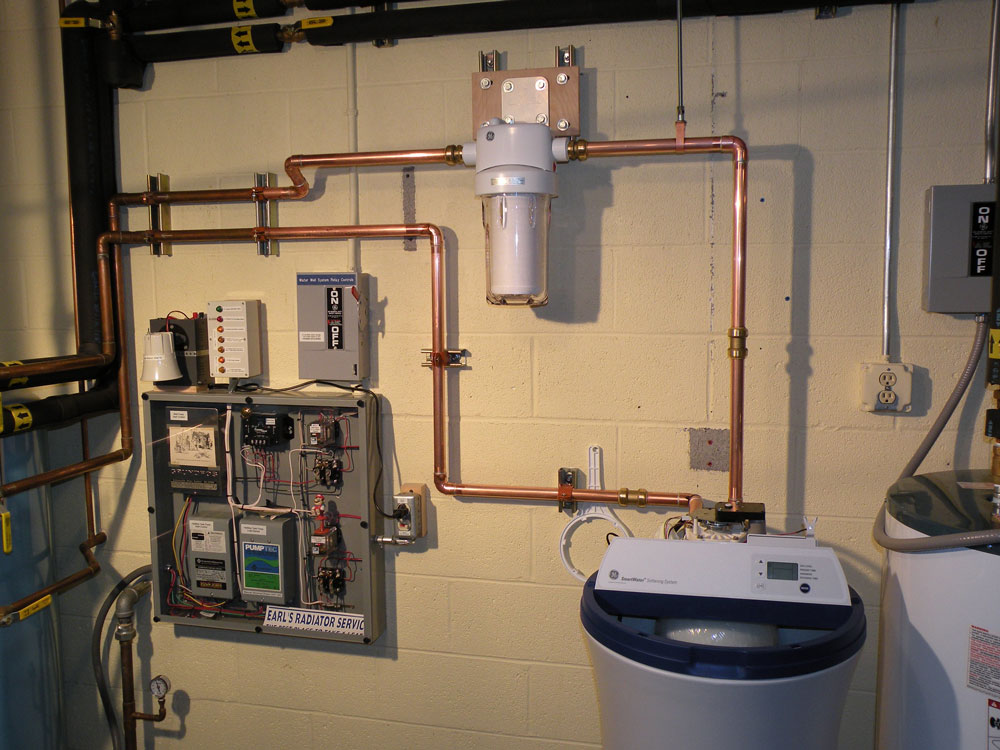
Preparing for Installation of the Pre-Plumbed Water Softener
Having access to clean, soft water is a necessity in many households, but it can be difficult to figure out the best way to install a water softener. Thankfully, many models now come pre-plumbed, making the installation process much easier. Before you begin installing your pre-plumbed water softener, there are a few steps you should take to ensure a successful installation.
First, you’ll want to read the manufacturer’s instructions carefully. Make sure you understand how to correctly install the unit, as well as any safety guidelines that should be followed. You should also make sure to check the unit for any damages or defects before beginning the installation process.
Second, you’ll want to make sure all the necessary tools and supplies are gathered. This includes a wrench, a screwdriver, plumber’s tape, and any other tools or supplies that are necessary for the installation process. Many models also come with their own installation kits, which can make the process much easier.
Finally, you’ll want to make sure the area is properly prepared for the installation. This includes making sure there is enough space for the unit, as well as ensuring that the pipes and connections are properly secured and sealed. Additionally, if the unit is being installed in an area with high levels of humidity, you should consider using a dehumidifier to protect the unit.
Installing a pre-plumbed water softener can be a daunting task, but with the right preparation and knowledge, it can be done quickly and easily. By following these steps, you can ensure that your water softener is installed correctly and is ready to start providing you with clean, soft water.
Step-By-Step Guide to Installing a Pre-Plumbed Water Softener
Water softener pre-plumbed systems provide an easy way to install a water softener in your home without the need for extensive plumbing work. Installing a pre-plumbed water softener is a relatively simple process that can be completed in a few hours or less. This guide will walk you through each step of the installation process, from selecting the right system to properly connecting the water softener to your home’s plumbing.
Before starting the installation process, it’s important to ensure that you have the right pre-plumbed system for your home. Consider the size of your household, the hardness of your water, and the type of system that will best suit your needs. Once you’ve chosen the right system, you’re ready to begin the installation process.
The first step is to locate the appropriate spot for your water softener. The most common locations are near the water heater, near the entry point of the water supply line, or near the drain. It’s important to make sure that the placement of the system allows for easy access for maintenance and repairs.
Once you’ve found the right spot, the next step is to determine the best way to connect the water softener to your home’s plumbing. This may involve cutting pipes and installing fittings to ensure a secure connection. If you’re not familiar with plumbing, it’s best to hire a professional plumber to handle the connection.
Once the system is connected, the next step is to fill the tank with the appropriate amount of salt. This will help to soften the water and ensure that your system is working properly. After the tank is filled, you’re ready to turn on the system and give it a test run.
Installing a pre-plumbed water softener can be a relatively simple process. By following this step-by-step guide, you can ensure that your system is installed correctly and that you’ll be able to enjoy the benefits of soft water for years to come.
Troubleshooting Common Installation Issues with Pre-Plumbed Water Softeners
Installing a water softener pre-plumbed can be a complex and difficult task. It is important to understand the common issues that can arise with pre-plumbed water softeners and how to troubleshoot them in order to ensure a successful installation. Common installation issues can include incorrect sizing, incorrect connections, and issues with valves and water pressure.
The size of the water softener should be carefully considered before installation. A larger system may be more efficient, but it will also take up more space and require more maintenance. Incorrect connections can also lead to a failed installation, so it is important to ensure that the pipes and fittings are properly connected. If the water pressure is too high, then the system may not work properly. This can be corrected by adjusting the valves or installing a pressure regulator.
For a successful installation, it is important to have the right tools and materials on hand. Professional plumbers can provide advice and assistance. It is also important to research the local regulations and permits required for the installation. If you are unsure of any of the steps involved, it is best to hire an experienced professional to ensure a safe installation.
FAQs About the How To Install Water Softener Pre Plumbed?
Q1. What tools are required to install a water softener pre-plumbed?
A1. The tools required to install a water softener pre-plumbed include a wrench, pliers, screwdriver, pipe cutter, and a tubing cutter.
Q2. Are there any safety considerations when installing a water softener pre-plumbed?
A2. Yes, it is important to take safety precautions when installing a water softener pre-plumbed. Make sure to turn off the main water supply before beginning the installation, and wear safety glasses to protect your eyes from any debris or particles that may come out of the pipes.
Q3. How long does it take to install a water softener pre-plumbed?
A3. The installation time of a water softener pre-plumbed will vary depending on the size of the unit and the complexity of the plumbing work. Generally, it takes about two to three hours to install a water softener pre-plumbed.
Conclusion
Installing a water softener pre plumbed is a relatively easy process that can be done with a few simple steps. It involves connecting the inlet and outlet of the softener to the main water supply, and also connecting the bypass valve, in order to ensure that the softened water can bypass the softener, if desired. Once the connections are complete, the unit can then be programmed and used. Installing a water softener pre plumbed is a great way to improve the quality of water in any home, and can help to reduce the amount of hard water minerals in the water supply.

